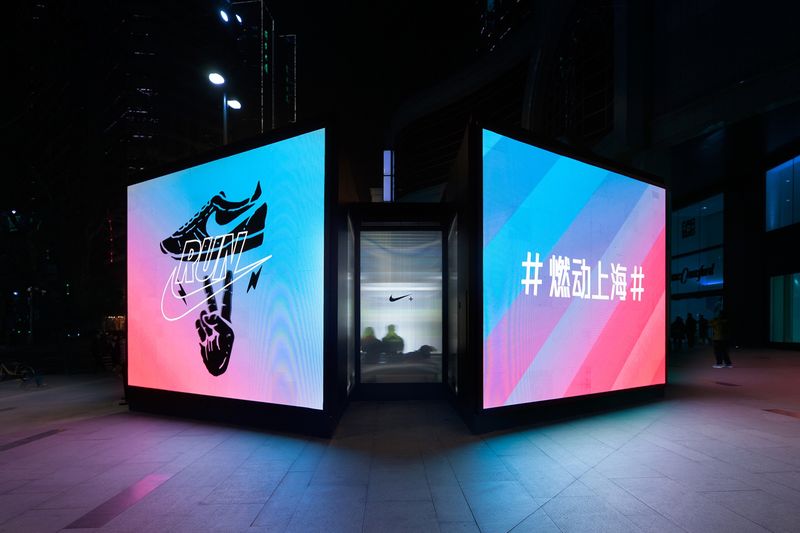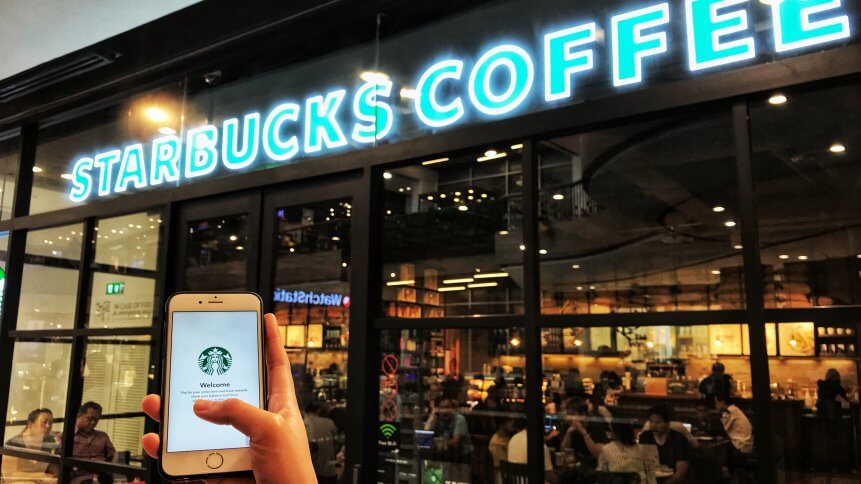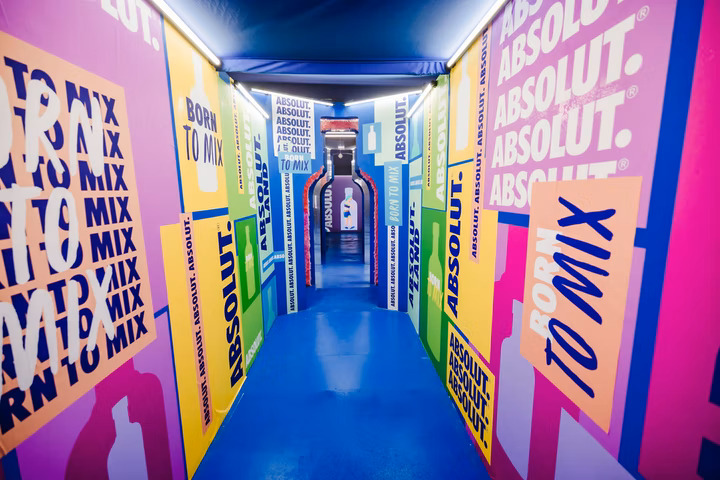How Brands Use Experiential Commerce to Elevate Experiences

In today’s post-pandemic world, where consumers indulge and engage across various experiential environments, they expect an elevated brand experience that makes experiential commerce simple and captivating. The lockdown sparked an experiential commerce revolution and created an expectation of enhanced experiences, with consumers looking to navigate easily while staying entertained and engaged.
Although we have been facing a digital shift for several years, nothing has propelled the way brands curate experiences like the initiation of the remote work era that started in 2020. Since then, the pandemic has changed how brands think about and do business with consumers and how experiential marketing teams create and execute campaigns. When we think of connected commerce as an evolving concept, we know it’s not new; however, the surrounding conversation has evolved and become the center of discussion for the experiential events industry.
Progressive event marketers have revisualized the traditional form of marketing as a prerequisite for a new transaction-oriented model as the main driver, known as Experiential Commerce. Consumers can now interact with brands from their devices, from their homes, at live events, or from anywhere. Whether they’re subscribing to YouTube channels, taking advantage of an order on the go app, or sharing messages in real-time, experiential commerce can now happen anytime and anywhere for a community of experiential marketing shifting to a new strategy.
The goal of experiential marketing has always been to impact the brand. However, driving measurable results has often been a challenge. With experiential commerce, brands integrate their campaigns, databases, and, ultimately, bottoms lines with more innovative, efficient, and digitally-led marketing strategies.
Experiential Commerce is expected to meet the demands of consumers and brands who have embraced the newest strategies. FGPG explores how experiential marketing is revolutionizing and how brands tap into experiential commerce’s true potential.
Understanding Experiential Commerce
Traditional experiential marketing has always placed the ‘experiences’ as the center and the heart of all marketing strategies. Most importantly, with experiential marketing as well. Embracing this plan has proven quantifiable and profitable-connecting actions for influential brands.
What makes the strategies that derive from experiential retail so effective? The experiential commerce model focuses on attracting consumer action that results in valuable activity. For this strategy to succeed, marketers need to shift their focus from a couple of messages curated around one or two target audiences to reaching hundreds of consumer audiences with distinguished communications that can be perfected in real-time. This same philosophy can be utilized for live and virtual experiences, ultimately changing how we plan traditional experiential marketing events.
As a result, there’s less hope and more certainty. The future of successful marketing campaigns is redefining the end goal, expanding their view and how they reach their consumers, and adjusting the speed at which they activate and evolve experiences.

Brands Adopting Experiential Commerce
Nike
Today, brands are embracing this model with engaging and next-generation experiences. We will explore a few of the largest brands that have figured out how to maximize experiential commerce in our digital and engagement-demanding age.
When you think of seamless experiences and engaging branding, Nike is at the forefront of the experiential commerce revolution. Retail brand Nike has made bold moves into the commerce community and has become a data machine. The brand has accumulated an enormous following through social media through incredible, relevant, and engaging experiences.
Nike’s efforts in experiential eCommerce have led to the brand converting at a much more cost-effective rate than constantly recruiting new users or consumers into their funnel.
Nike has since then moved on from traditional marketing channels and now uses its own experiences and owned e-commerce experiences to sell a product, controlling the data and the transactions. Through software like Nike+, it collects data on runners, their performances, their locations, and preferences and pushes them access to Nike products, guidance, live events, pop-ups, trade shows, and conventions.
And then, through the Nike SNKRS app, consumers can access product customization, personalization options, notifications on new releases, order tracking, and exclusive content. Nike’s brand strategy is carefully designed to capture followers and consumers and keep them loyal and engaged on an ongoing basis with personalization, community-minded content, and seamless interactions.

Starbucks
Marketing professionals consider Starbucks the golden calf of loyalty and consumer engagement. The experiences this brand has built through its order-ahead application ease pain points by allowing consumers to pick up and pay for their products quickly.
Nike essentially slipped notes to consumers through their everyday routines full of personalized engagements from branded cups to physical experiences like events and retail to seasonal products. The brand taps into the consumer’s demands to engage and drive interactions and commerce.

Coachella
One can debate that the Coachella Music & Arts Festival, one of the most popular live events of the year, is a live and digital phenomenon demonstrating how experiential commerce has evolved. Coachella’s experiences are immense, with opportunities to interact and engage at every touchpoint. Beginning with their App, with a wide variety of features, offers an AR camera with exclusive lenses for attendees to access leading up to and at the event. Ultimately, an event before the event and a campaign in itself.
Additionally, Through incentives and collaborations, the live festival expands its experiential commerce strategy with NFTs and sustainable space. Their influencing strategy on their YouTube channel operates like a natural media channel with live broadcasts of live artist interviews, curated videos of all their performances, and micro-documentaries about their artists.
In the digital space, official sponsors are investing in programs like Absolut’s Absolut Land, the metaverse experience that teleported attendees to the festival and served up prizes and free products. Official partner BMW, whose #RoadtoCoachella campaign is a social media experience anchored by influential artists—this year, Doja Cat, who traveled in a custom-wrapped all-electric BMW iX inspired by the artist’s latest album, “Planet Her.”
Experiential Commerce Delivers Results
Marketing teams are expected to drive growth for their overall brands and companies. Meanwhile, traditional marketing channels have become more complex and less effective when used independently and without a strategy. Today, it’s not more important than ever, with their budgets being pulled in all directions, that the brand experience creators use a model designed to drive the bottom line for their brands.
Experiential marketers have encompassed the lessons from the pandemic’s digital evolution, tossed their pre-pandemic strategies, and set goals to design what a live experience approach means for their organizations. Ultimately, it all started with reimagining those traditional marketing strategies into a progressive one by embracing experiential commerce as the new model to stand by.
We are a unique collective of ambitious makers, doers, and dreamers that work as one to push forward the power of what’s possible.
FG|PG was founded nearly 21 years ago. Today we’re one of the largest woman-owned, WBENC Certified, live, hybrid and virtual experiential agencies in the US. That trajectory isn’t accidental. It’s the result of a commitment to continually evolve, to never stop learning, and to always listen to our clients’ needs.